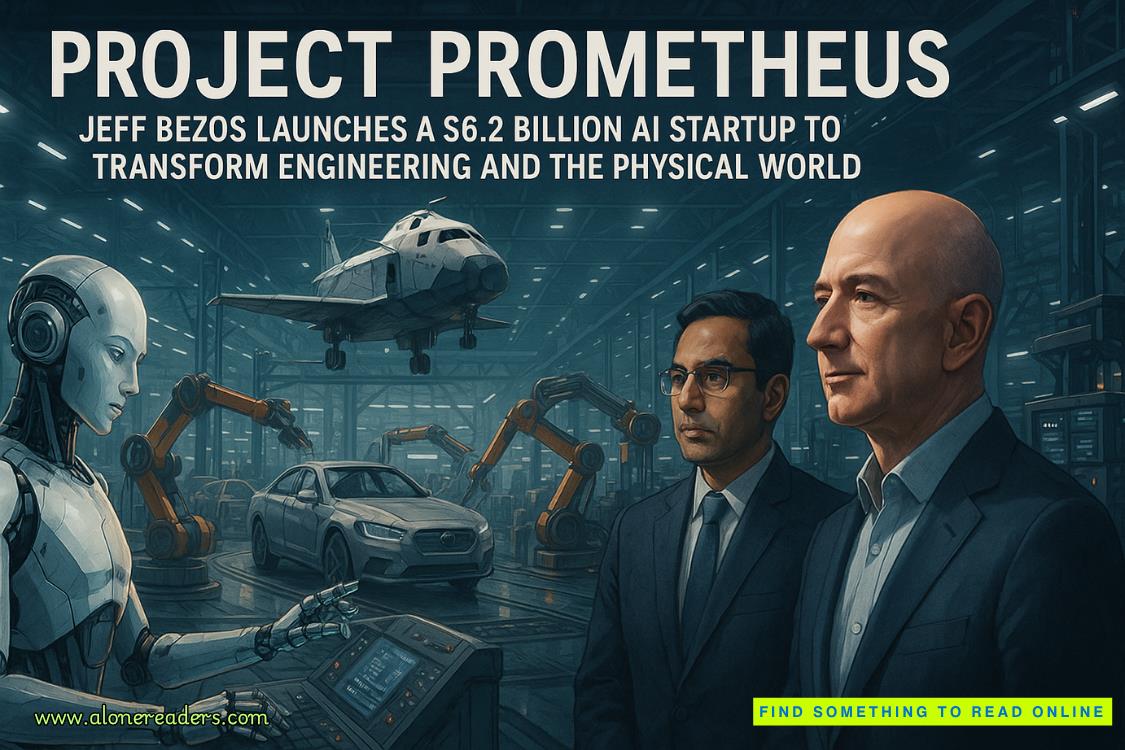Page 1 of Heart of the Rebel Mate
CHAPTER 1
ELARA
The light on my phone screen blinks 7:48 PM.
Fuck! I'm late!
Juggling my tablet, a half-empty coffee mug, and a tangle of keys, I race through my apartment, spacious but with an obstacle course of books, blueprints, and a precarious stack of grading papers from the university where I teach architecture. My dress, a deep emerald green that's supposed to exude sophistication, now looks more like the victim of a long day at work. Wrinkles crease the fabric, and my heels—still in the shoebox—stare at me from under the dining table.
"Fucking perfect," I mutter, balancing the coffee on my tablet as I pull the shoes free. The motion sends a red pen rolling off the table, marking a streak across the hardwood. "Absolutely perfect."
The messy bun I'd twisted hours ago now teeters on the edge of complete collapse. A few strands have rebelled, framing my face in a way that isn't remotely deliberate. I shove bobby pins into place, wincing as they poke my scalp.
A soft chime alerts me to a text from Zara, my best friend and unofficial pep talker.
Zara: Almost showtime! Don't forget to smile. They love confident Elara.
"Confident Elara," I echo, stuffing my tablet into my bag and shoving my feet into the heels. A wobble and a curse later, I grab my coat and race out the door.
The gala is held in one of the city's most extravagant venues, a sprawling glass structure that reflects the evening's golden glow. It's a fitting choice for a night that's supposed to celebrate innovation and progress. My project—a sustainable city hub designed to bridge the growing divide between humans and werewolves—is among the evening's main attractions.
That divide has always been there, looming like a crack in a foundation no one knows how to fix. As a werewolf, I've felt it my whole life—subtle reminders woven into daily interactions. Humans who hesitate when they learn what I am, neighbors who lower their voices when the Council is mentioned, even professors during my university years who seemed to grade me just a little harsher than others. The Treaty of Concord may have ended the bloodshed, but it didn't erase the mistrust.
The Werewolf Council looms over everything, shaping our lives even from a distance. I know they're not fond of humans—something they've never made a secret of—and that their decisions often put them at odds with human governments, universities, and corporations. My university, for example, has clashed with the Council on numerous occasions. The details are murky to me, but the tension is impossible to ignore. It's in the way colleagues whisper about denied funding or grumble about red tape whenever a project touches Council-approved territory.
Walking into the foyer, I barely make it two steps before I hear, "Elara! Finally!" It's Dr. Lowell, my department head, striding toward me with a mix of relief and exasperation. His sharp suit and silver hair make him look every bit the picture of authority. "What kept you?" he demands, ushering me toward the main hall.
"Lost track of time grading papers," I admit, glancing down at my wrinkled dress.
Dr. Lowell pinches the bridge of his nose. "Just hurry, Elara. They've already started assembling at the podium. This is your project—you're the one they want to hear from. Don't let them think the university isn't serious about this."
Two colleagues, Marissa and Jonathan, fall in step beside me. Marissa adjusts her glasses, casting me a nervous smile. "We've been holding them off with the preliminary visuals, but they're asking for you. Dr. Lowell's been spinning gold, but..."
"...but they need to see the visionary," Jonathan finishes, his tone teasing but supportive.
I nod, clutching my tablet as Marissa hands me a bottle of water.
Reaching the podium, I take a deep breath, my pulse pounding as the crowd turns toward me. My colleagues step back, their presence fading into the background as the holographic model of the sustainable hub spins on the screen behind me. Its sleek lines, cascading rooftop gardens, and interconnected pathways glimmer under the spotlight, a visual representation of years of meticulous work.
"This project," I begin, my voice steady despite the nerves fluttering in my chest, "is an effort to bridge the gap between humans and werewolves, to create a shared space where differences don't divide us but strengthen us."
The hologram zooms into the central core, a glass structure encased in a lattice of solar panels that seem to shimmer even in this simulated setting. "At its heart," I continue, gesturing to the display, "is the Unity Dome, a space designed for dialogue and collaboration. It serves as a neutral ground for both species, symbolizing the transparency and trust we hope to build."
Another section of the model expands—residential units with rooftops alive with greenery. "The living quarters blend urban design with natural harmony, featuring rooftop gardens, shared greenhouses, and adaptable interiors to meet the needs of both humans and werewolves."
I pause, watching as the hologram shifts to the hub's lower levels. The intricate network of tunnels and private corridors comes into focus. "For werewolves, we've included subterranean pathways to allow privacy and freedom of movement during transformations. These spaces are not an afterthought but an integral part of the design, ensuring dignity and functionality for everyone."
A smaller screen beside me lights up, showing the hub's energy systems. "This entire structure is powered by renewable energy sources—solar, geothermal, and wind—making it a self-sufficient, sustainable model for the future."
I glance briefly at the crowd, catching sight of the university chancellor in the front row. His subtle nod bolsters me as I finish, "This isn't just an architectural concept. It's a step toward coexistence, a demonstration of what we can achieve when we stop building barriers and start building bridges."
The room is quiet for a beat, the weight of the moment hanging over the audience like a held breath. I open my mouth to continue, but movement at the edge of my vision catches my attention. A figure enters the hall, slipping into the crowd near the side of the room with an ease that makes me pause. I can't make out much—a tall frame, a tailored suit—but something about him pulls at me, sharp and insistent. My chest tightens, but I shove the feeling aside, forcing myself to focus on the hologram spinning behind me.
I step aside to let the display take center stage, the image shifting to highlight environmental benefits and community impact. The lines of the design are clean, deliberate, the balance between urban space and greenery drawing the audience's attention. My pulse begins to steady as I find my rhythm again, readying myself for the questions I know will come.
One does—too soon, too cutting.
"How do you plan to enforce coexistence when history proves that harmony is... elusive?" The voice is low, smooth, carrying enough weight to slice through the murmurs of the crowd.















